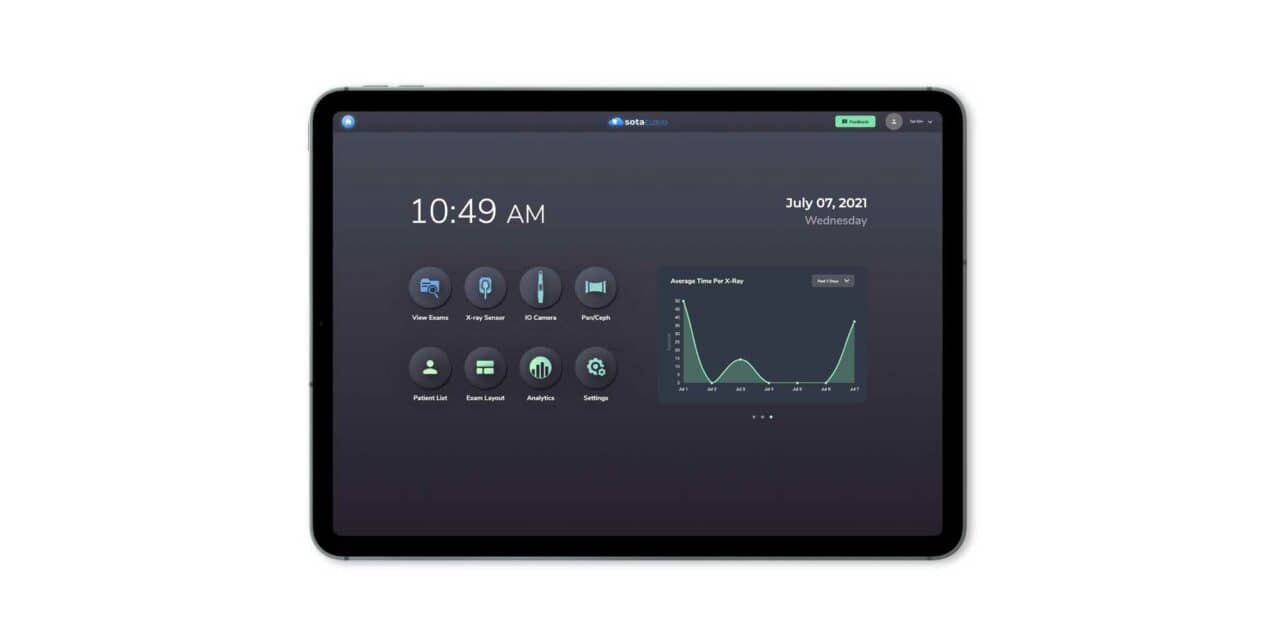The data-secure, scalable SOTA Cloud software allows users to capture, view, and edit images from their browser.
SOTA Imaging announced the release of its cloud-based dental imaging software, SOTA Cloud. With the data-secure imaging software, users can capture, view, and edit images from their browser.
According to the company, because of the way SOTA Cloud is built, users get a faster running application, the ability to handle increasing workloads, and enhanced security. The company says data is hosted in a HIPAA-compliant, max-security Microsoft data center, protecting users from the increasing threat of hackers.
Increased efficiency reportedly comes through built-in hardware and software integrations and streamlined processes. According to Dustin Johnson, director of engineering at SOTA Imaging, “We have worked to build a product that is truly cloud first—this means no more separate upload procedures, no need to run an imaging database on your local server, and no need to acquire into a separate application. Everything happens in the browser.”
The company says the software can handle the demands of any size practice from solo practitioners to DSOs. For DSOs and group practices, SOTA Imaging says the cloud-based software is infinitely and immediately scalable, and leverages the latest capabilities of Microsoft Azure’s infrastructure.
SOTA Cloud also includes an offline module that lets users acquire and view images even if the internet goes down, without the need for a server. All offline images are saved on the local workstation and sync once the connection is restored.
SOTA Cloud comes equipped with image enhancement tools, including the image filtering technology SOTA POP which adjusts images to give uniform contrast. Meanwhile, the software’s dashboard, allows users to gain insights into how long x-ray exams take and how well intraoral cameras are used as a case acceptance tool.
SOTA Cloud Share Functionality allows users to securely share before and after images with patients using the software’s communication tools. Users can send email and text reminders with annotated images to increase case acceptance and improve recall statistics.










